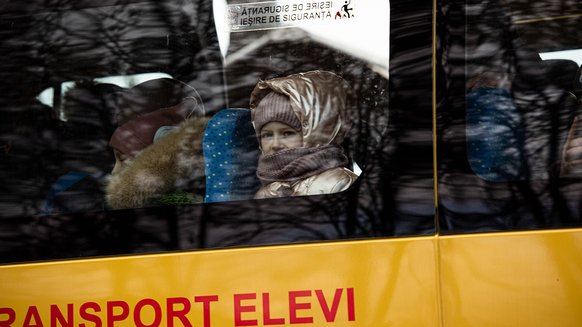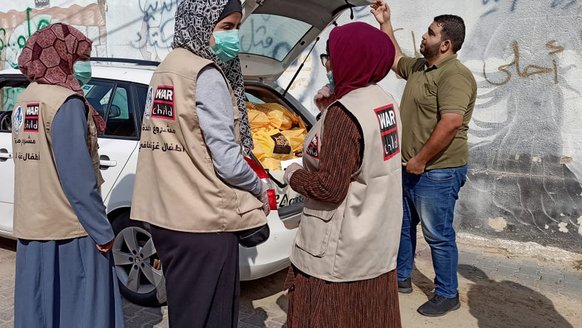Supporting The Growing Number of Conflict-Affected Children Worldwide
April 1, 2022
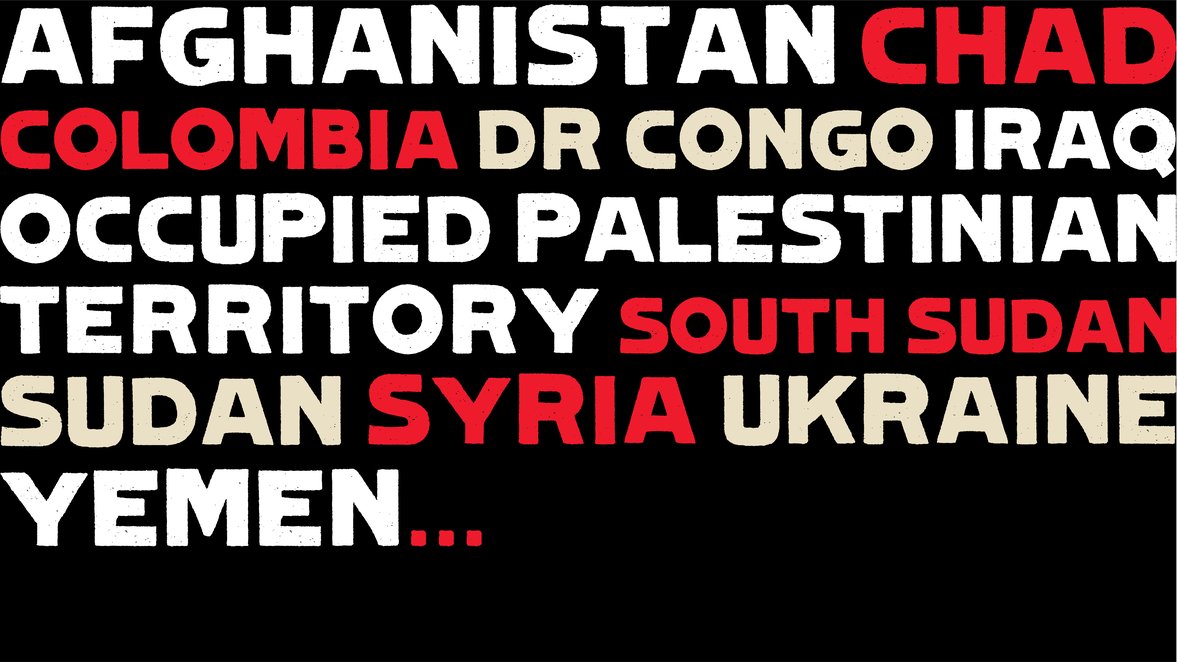
Sustained High Number of Violent Conflicts
According to the Conflict Barometer 2021 there are 40 wars and conflicts around the world today. This ‘global conflict panorama’ reveals a sustained high number of highly violent conflicts - a glaring reminder that even a pandemic has done little to put an end to human warfare.
For the second year running, Sub-Saharan Africa was identified as the region with the highest number of wars. The report also points to a worrying upward trend in inter-communal rivalry across the region. “In Eastern DR Congo, we’re witnessing this first-hand”, says Mamadou Sylla, Interim Country Director for War Child in DR Congo. “Ethnic violence, like the clashes in Bunyakiri last April, has led to mass displacement - denying thousands of children a vital safe space.”
Climate change is also taking its toll, with clashes between armed groups increasingly a result of tensions over control of (limited) natural resources.
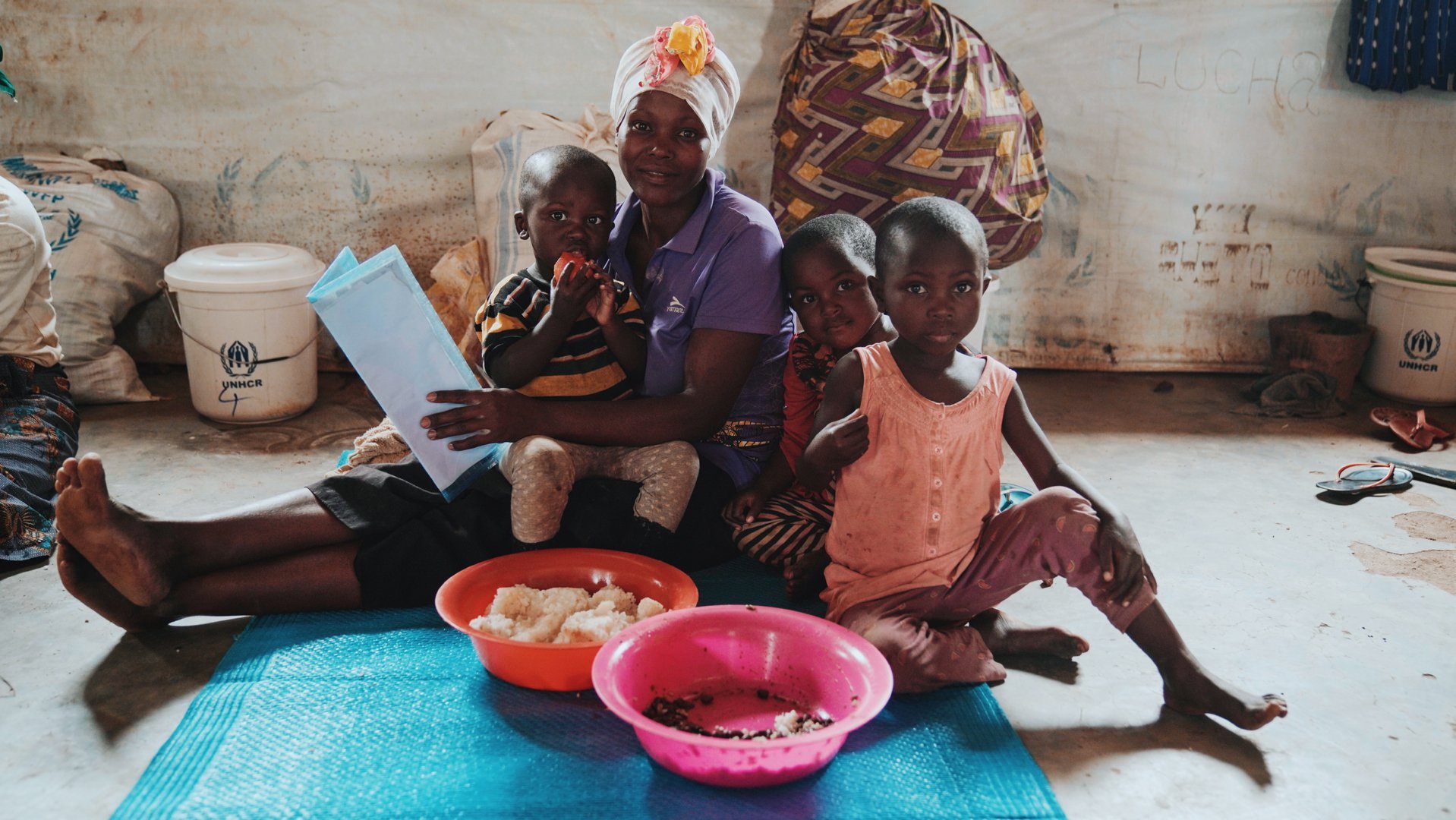
In eastern DR Congo, families are repeatedly displaced due to armed conflict
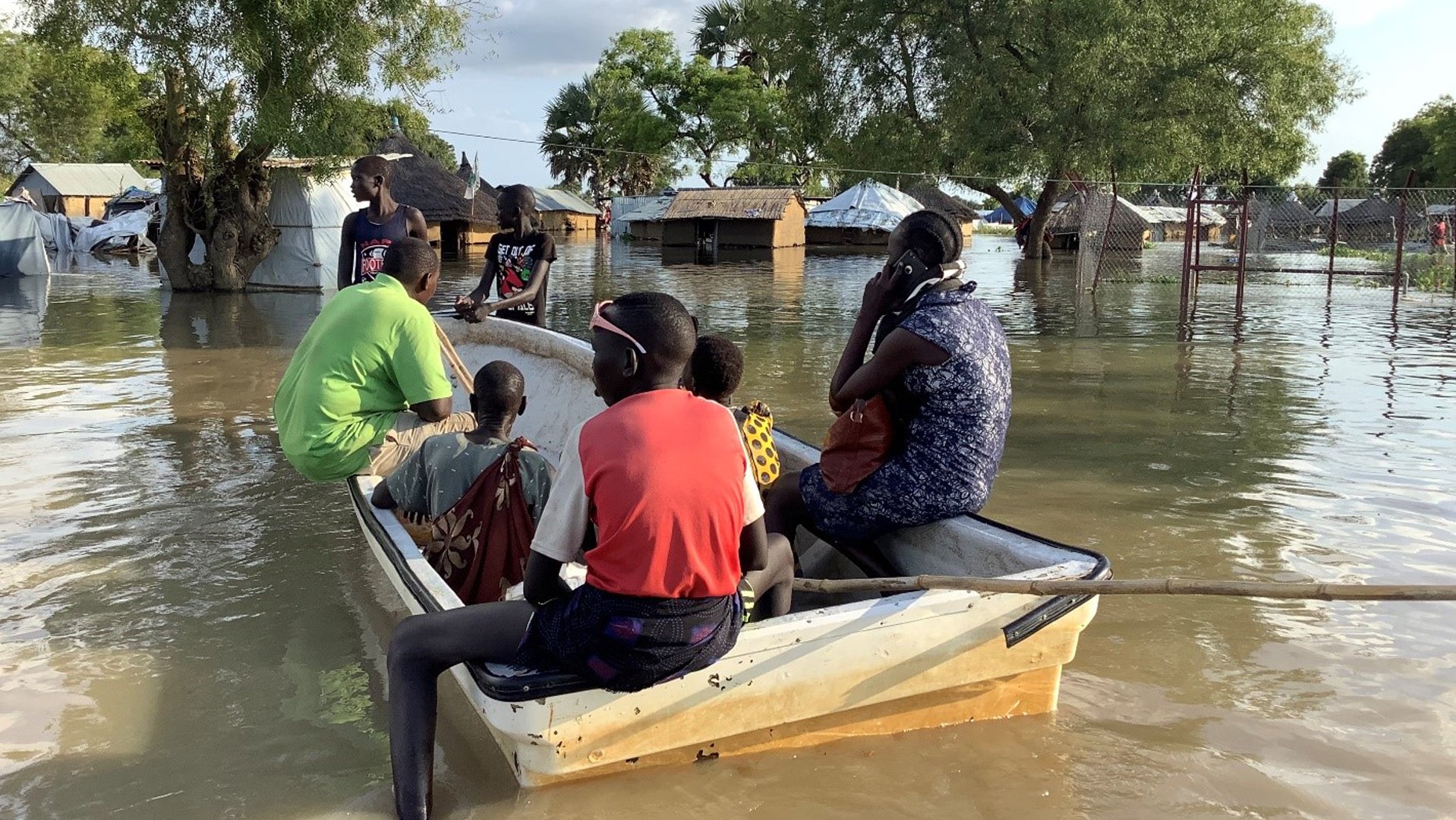
Climate change is putting a strain on natural resources, resulting in inter-communal tensions
Mental Health of an Entire Generation At-Risk
The report also calls out protracted conflicts and resurgences in violence in Yemen, Afghanistan, Colombia, Chad, the occupied Palestinian territory, South Sudan, Sudan and Syria - all countries where War Child has a presence.
Children who grow up in these environments come up against several grave risks including injury, sexual abuse and exploitation and recruitment by armed groups - all with a serious impact on their mental health.
Heba Ghalayini, our Psychosocial Support Specialist in the occupied Palestinian territory, recounts how last year’s Gaza violence is still having a lasting effect today. “I’m meeting more and more children showing symptoms of serious mental health conditions including nightmares, aggression and an inability to focus.”
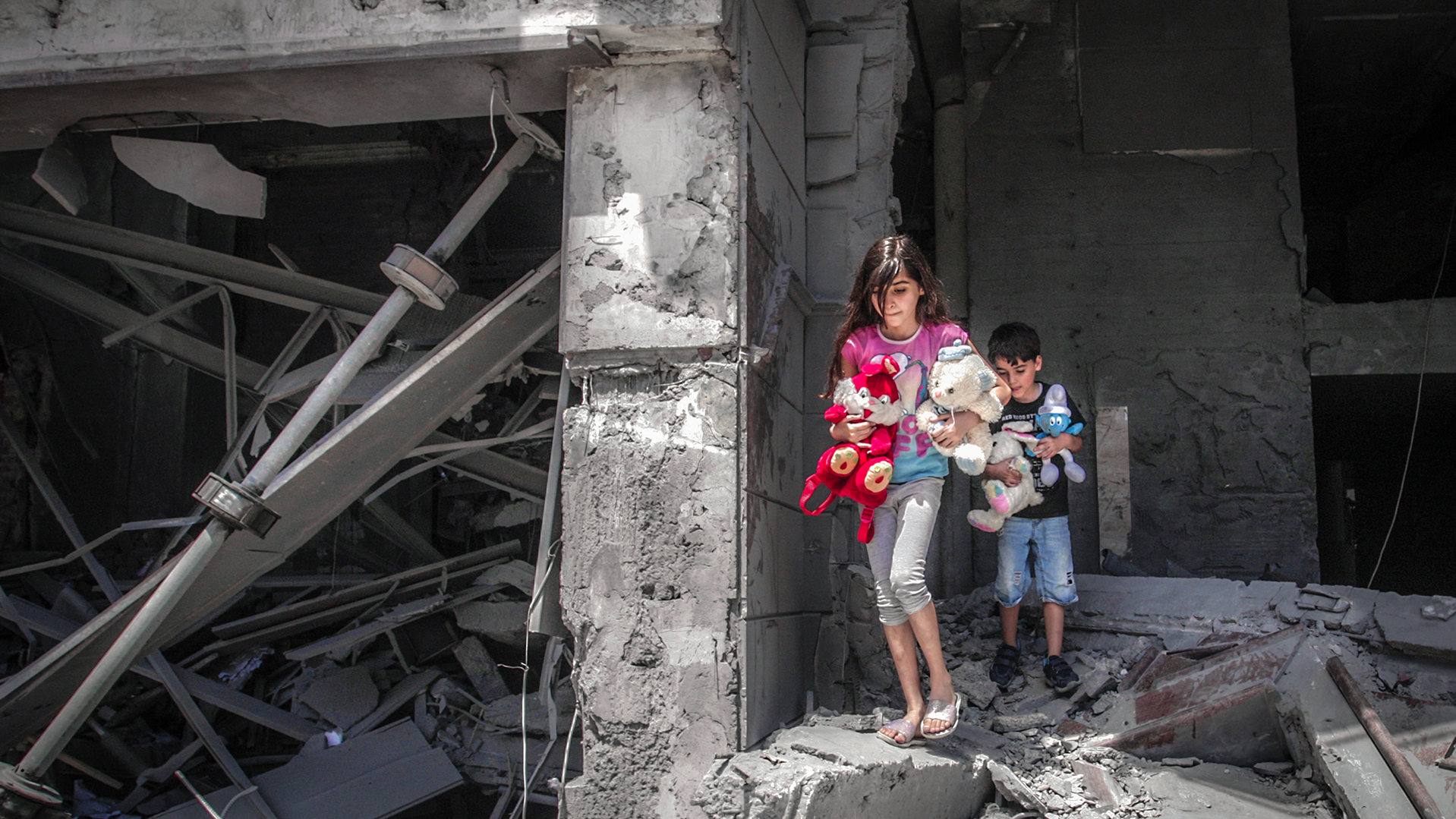
A girl and boy retrieve their toys from the rubble of the Gaza bombardments last May
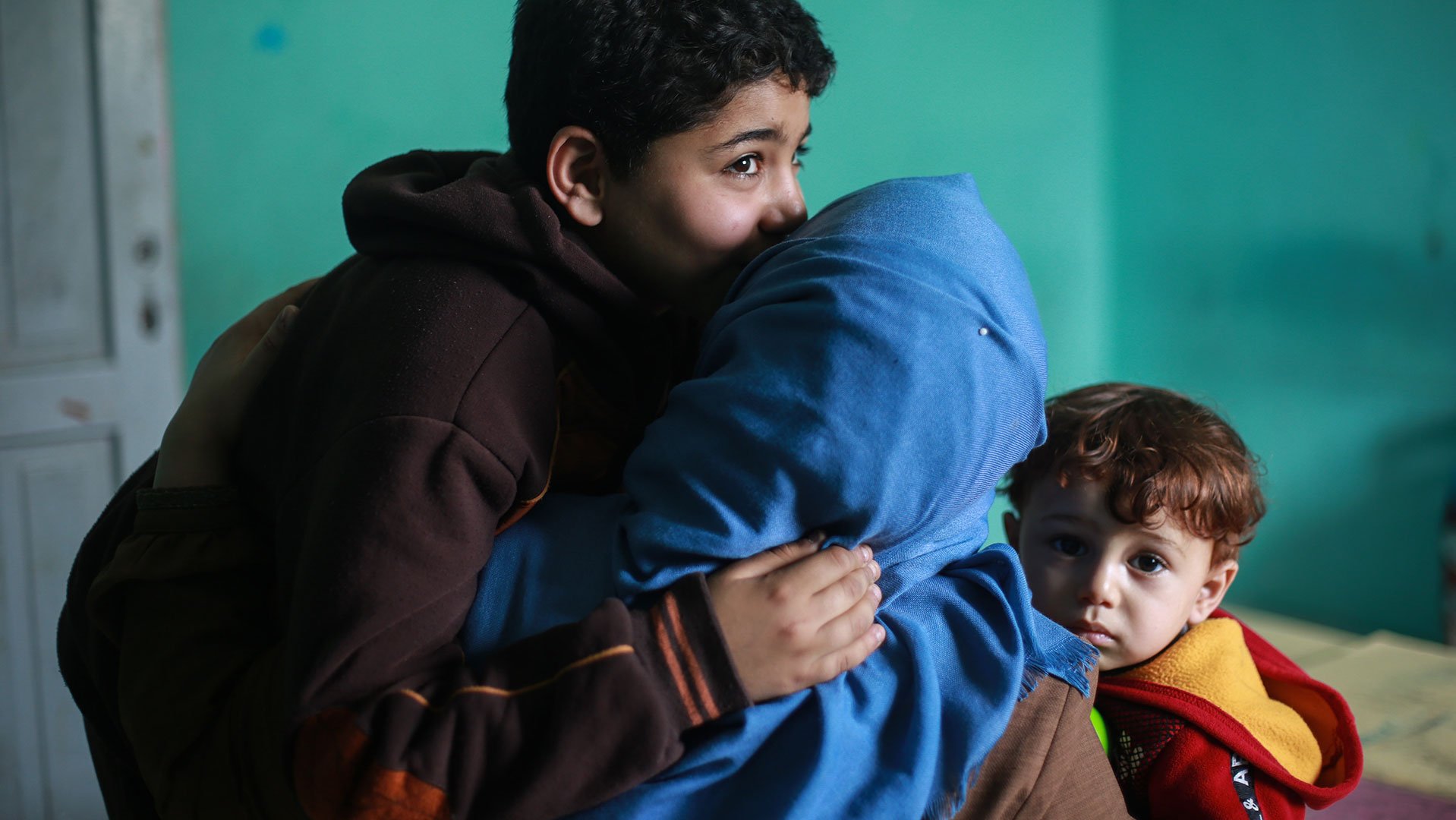
Nightmares, anxiety and aggression are not uncommon for children in the occupied Palestinian territory
If not caught early, the fear is that many of these symptoms could develop into lifelong problems. War Child is working to confront this mental health crisis head-on.
Reaching Greater Numbers of Children More Quickly
Despite this bleak picture, children are extremely resilient. With the right support at the right moment, most can overcome the adversities they experience.
That’s why War Child is moving to reach greater numbers of children more quickly through our Fast Aid framework. This emergency toolkit comprises key tools and methods used by our country offices to deliver vital support to children and families within 48 hours of a humanitarian disaster.
The kit is supported by quick, streamlined decision-making processes as well as a real-time virtual operations room.
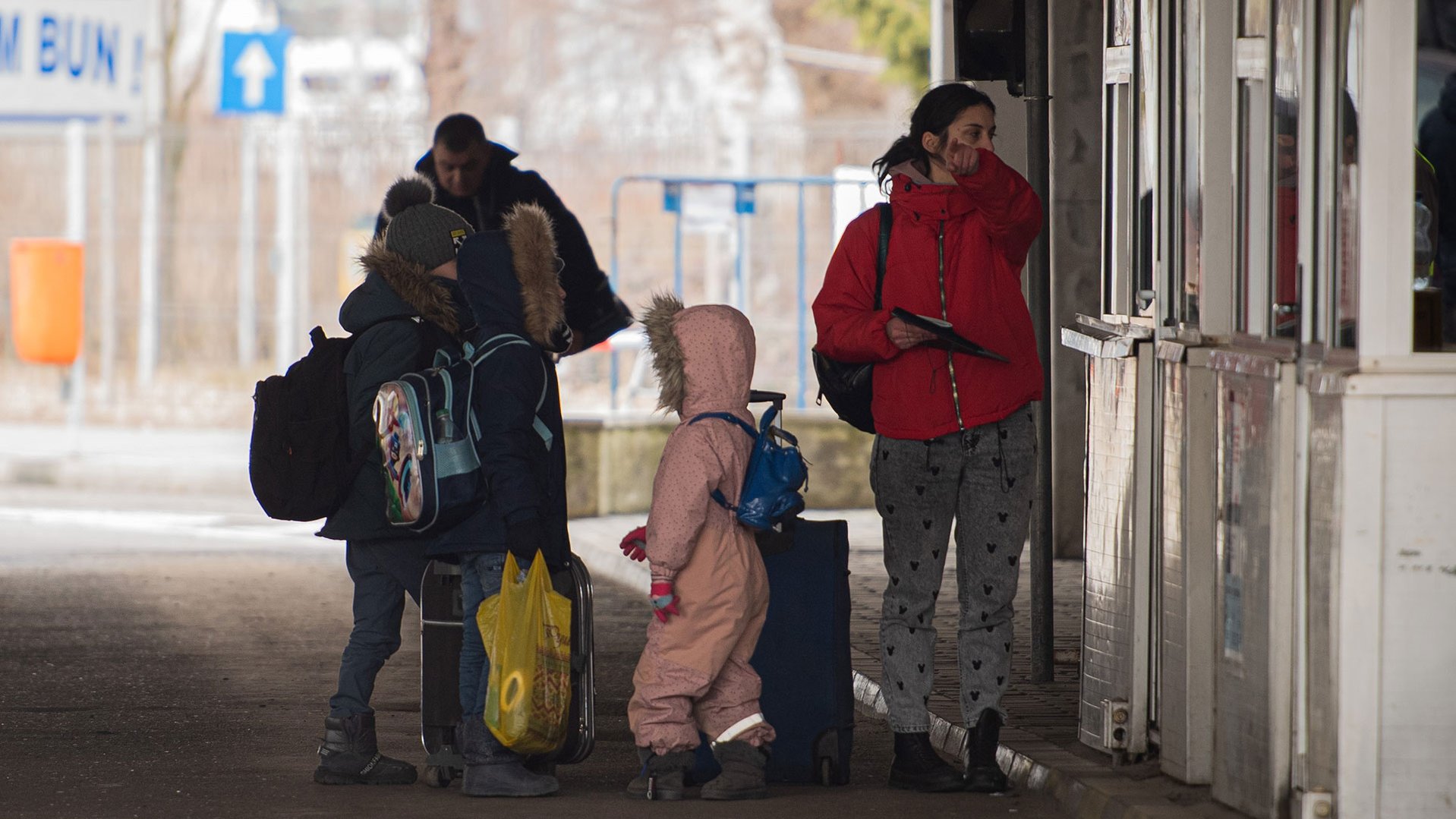
War Child is using its Fast Aid framework to reach children fleeing the war in Ukraine
Having already facilitated emergency actions in Lebanon, South Sudan, the occupied Palestinian territory and beyond, now we are using Fast Aid in our Ukraine response. By working with and through communities and local partners, we can pool resources and spread our support evenly to all children affected by conflict worldwide.
